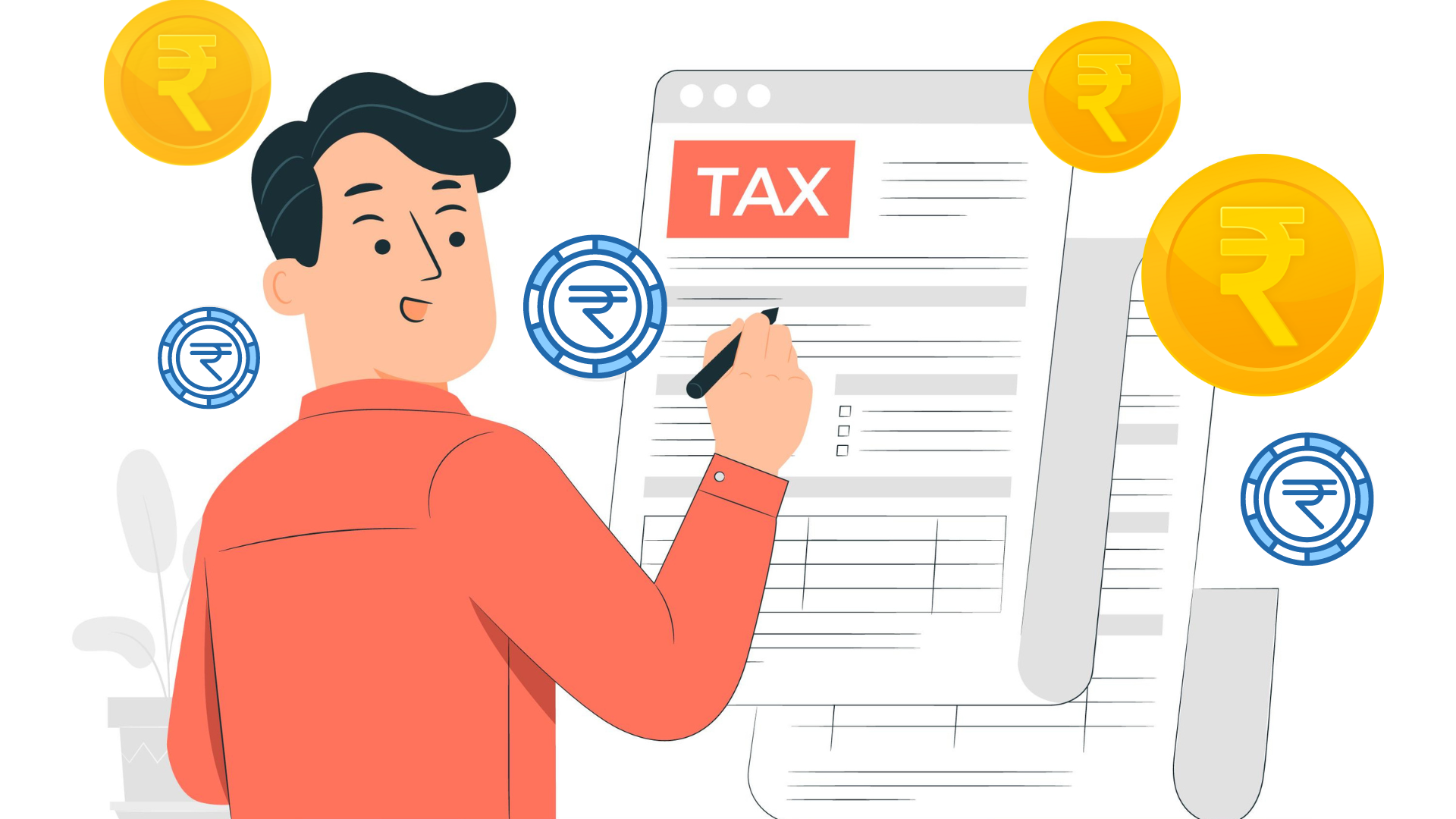Introduction
The Indian economy witnessed a monumental tax reform with the introduction of GST (Goods and Services Tax), revolutionizing the tax reporting structure into a destination-based system. In this era of economic transformation, small businesses have an incredible opportunity to expand their horizons by leveraging the benefits of GST. The GST filing process holds immense significance for small businesses, similar to their larger counterparts.
Gone are the days when small and medium-sized businesses were burdened with multiple taxations. Today, with the implementation of the composition scheme, the weight that has long loomed over the minds of business owners has been lifted.
This means that filing for a GST return (GSTR) is not only mandatory but also essential for every business, regardless of its size and sales. Even if your small, medium, or large business has not made any sales or purchases during a specific period, filing a NIL report is still required.
In this blog post, we will discuss the GST filing process for small business in detail. We will cover the following topics:
- Understanding GST and its importance
- Who is required to register for GST?
- What are the different types of GST returns?
- How to file GST returns?
- What are the penalties for late filing of GST returns?
Understanding GST and Its Importance
GST is a destination-based tax that is levied on all goods and services sold or consumed in India. It is a unified tax that replaces a number of indirect taxes, such as excise duty, service tax, and VAT. It is a crucial part of the Indian tax system, aimed at eliminating multiple layers of taxation and creating a unified market. As a small business owner, it is vital to understand the importance of GST and its impact on your operations. Proper compliance not only avoids penalties but also builds trust with your customers and suppliers.
Who is required to register for GST?
Any business with a turnover of more than ?40 lakhs in a financial year is required to register for GST. However, there are a number of exemptions from GST registration, such as businesses that sell only exempt goods or services.
What are the different types of GST returns?

How to file GST returns?
GST returns can be filed online through the GST portal. The GST portal is a secure website that allows businesses to file their returns, pay their taxes, and view their GST status.
For Small Businesses ITR filing, refer to our this blog.
Registering for GST
To begin the GST filing process, small businesses need to register themselves under the GST regime. Here’s a step-by-step guide to ensure a smooth registration process:
- Determine Eligibility: Verify if your business meets the turnover threshold for GST registration, which currently stands at ?40 lakhs for most states. However, certain special category states have a lower threshold of ?20 lakhs.
- Gather Required Documents: Prepare the necessary documents, including PAN card, address proof, bank statements, and business registration documents.
- Online Registration: Visit the official GST portal and fill out the registration form (GST REG-01). Provide accurate details and upload the required documents.
- Verification and Approval: Once you submit the application, the GST authorities will verify it. The verification process may include physical verification of premises.
- GSTIN Allocation: Upon successful verification, you will receive a unique Goods and Services Tax Identification Number (GSTIN). This number is essential for all future GST-related activities.
Maintaining Proper Records

Maintaining accurate records is a critical aspect of GST compliance. By organizing your financial data efficiently, you can simplify the GST filing process and minimize errors. Here are some best practices for record-keeping:
- Invoice Management: Ensure that you generate all your invoices in compliance with GST regulations.. Include the mandatory details such as GSTIN, invoice number, date, and place of supply.
- Accounting Software: Utilize reliable accounting software that automates GST calculations, tax invoice generation, and reconciliation of input and output tax.
- Input Tax Credit (ITC): Keep track of eligible input tax credit on purchases made for business purposes. This helps in reducing your overall tax liability.
- Bank Reconciliation: Regularly reconcile your bank statements with your accounting records to identify any discrepancies and rectify them promptly.
Understanding GST Returns
GST returns are periodic statements that summarize the business activities, tax liabilities, and input tax credits of a taxpayer. Filing accurate GST returns is crucial for maintaining compliance. Here are the key points to remember:
- Frequency: Understand the applicable GST return filing frequency based on your business turnover. Small businesses typically file quarterly returns.
- GSTR-1: This return includes details of outward supplies made during the period. Ensure accurate reporting of invoices, debit/credit notes, and HSN/SAC codes.
- GSTR-3B: This is a summary return that includes details of both outward and inward supplies, along with the payment of taxes. Cross-verify the figures with your accounting records before filing.
- Annual Return (GSTR-9): Small businesses with an annual turnover below ?2 crores can opt for the simplified GSTR-9 return, providing summarized details of their activities for the financial year.
Adopting Technology for GST Compliance
To streamline the GST filing process, small businesses can leverage technology solutions that simplify compliance and minimize errors. Here are some recommended practices:
- GST Compliance Software: Invest in reliable GST compliance software that automates return filing, invoice generation, and tax calculations. This ensures accuracy and saves valuable time.
- Cloud-Based Solutions: Utilize cloud-based platforms for storing and accessing your financial data. This allows for seamless collaboration with your accounting team and ensures data security.
- Integration with Accounting Systems: Integrate your GST compliance software with your existing accounting systems for streamlined data transfer and reconciliation.
What are the penalties for late filing of GST returns?
There are a number of penalties for late filing of GST returns. The penalties depend on the type of return and the number of days that the return is late.
- For GSTR-1, the penalty for late filing is ?100 per day, up to a maximum of ?5000.
- For GSTR-2, the penalty for late filing is ?200 per day, up to a maximum of ?10000.
- For GSTR-3, the penalty for late filing is ?500 per day, up to a maximum of ?25000.
Conclusion
In conclusion, as a small business owner, understanding and streamlining the GST filing process is crucial for maintaining compliance and minimizing the burden on your operations. By following the steps outlined in this comprehensive guide, you can manage the complexities of GST and ensure seamless filing. Remember to maintain proper records, leverage technology, and stay updated with the latest regulatory changes. At Link4solution, we dedicate ourselves to actively supporting small businesses in effortlessly achieving GST compliance. Contact us today and let us assist you on your journey towards an easy GST filing experience.
FAQS
Q: What is the GST filing deadline?
A: The GST filing deadline is the 15th of the month following the reporting period. For example, the deadline for filing the GSTR-1 return for the month of March is the 15th of April.
Q: What are the benefits of filing GST returns online?
A: There are a number of benefits to filing GST returns online. These include:
- It is more convenient and efficient than filing returns offline.
- It is more secure, as your returns are transmitted over a secure network.
- It is easier to track the status of your returns.
- You can pay your GST taxes online through the GST portal.
Q: What are some tips for filing GST returns?
A: Here are some tips for filing GST returns:
- Start early. The GST filing deadline is the 15th of the month following the reporting period. However, it is a good idea to start filing your returns early, so that you have enough time to gather all of the required information.
- Keep good records of your GST transactions. This will make it easier to prepare your returns and avoid errors.
- Use a GST software to help you prepare and file your returns. These software solutions can save you time and help you to avoid errors.
- Get help if you need it. If you are struggling to understand the GST filing process or if you have any questions, you can get help from the GST helpline or from a GST expert.






